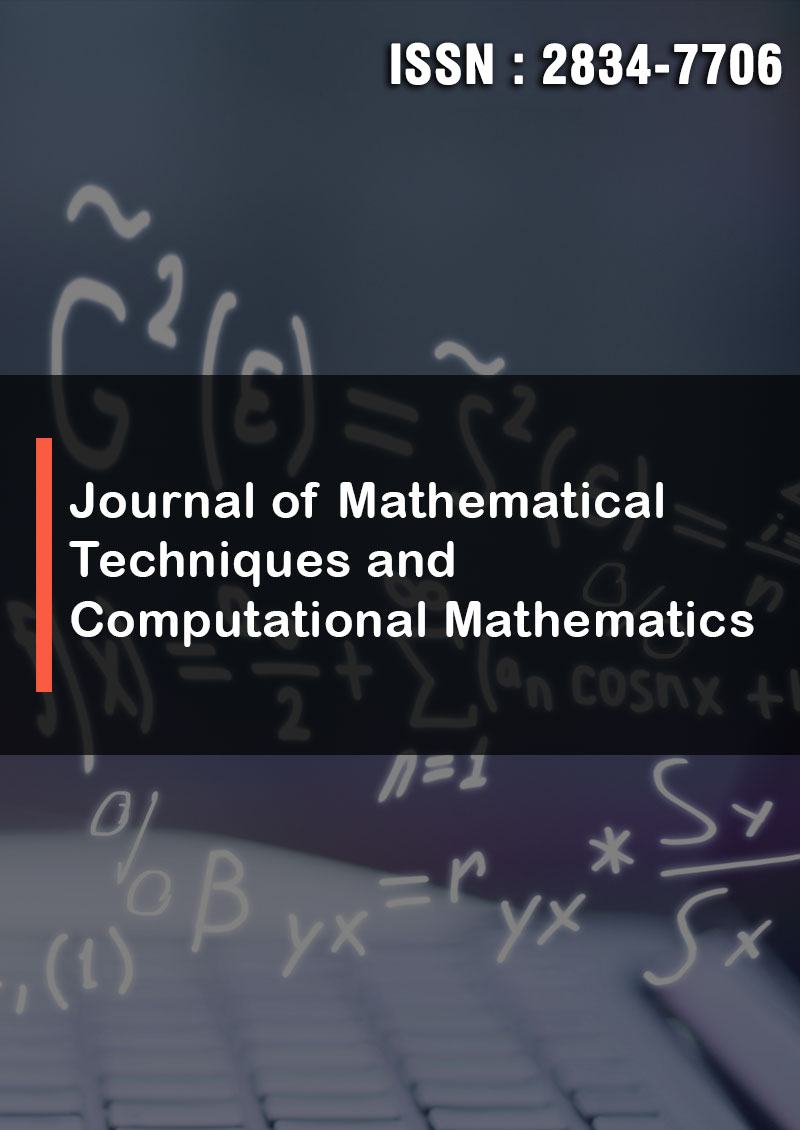Long-Term Trend and Variability of Rainfall in Bangladesh
Abstract
Md Mizanur Rahman, Sk. Abubakar Abdullah
The study of long-term rainfall data is significantly important for the country, whose food security and economy depend on the timely availability of water. In this study, spatial and temporal rainfall variability in Bangladesh were analysed for seasonal and annual trends by using monthly rainfall data for 40 years (1981–2020) from 34 stations of Bangladesh Meteorological Department. Linear regression analysis and Mann-Kendall (MK) test were used to identify trends and magnitude of the change and Sen’s slope to estimate the slope of the trend line. The Coefficient of Variation (CV) was used to examine the variability of rainfall. Spatial interpolation technique was done by a Kriging method using Surfer for interpolating the spatial pattern over Bangladesh. With the exception of a few stations, the findings of both parametric and non-parametric tests and trend tests were insignificant for most stations, and these stations revealed a falling trend in annual rainfall. Sen's test showed a decreasing trend for both annual and monsoon rainfall in almost all stations. Over the 40-year periods, among the seasons, the highest percentage of variability was observed in winter rainfall (148.6%) while the lowest percentage variability was observed in annual series (12.1%). The analysis of rainfall data could help irrigation and agricultural management plan for the most efficient use of water resources in Bangladesh.



